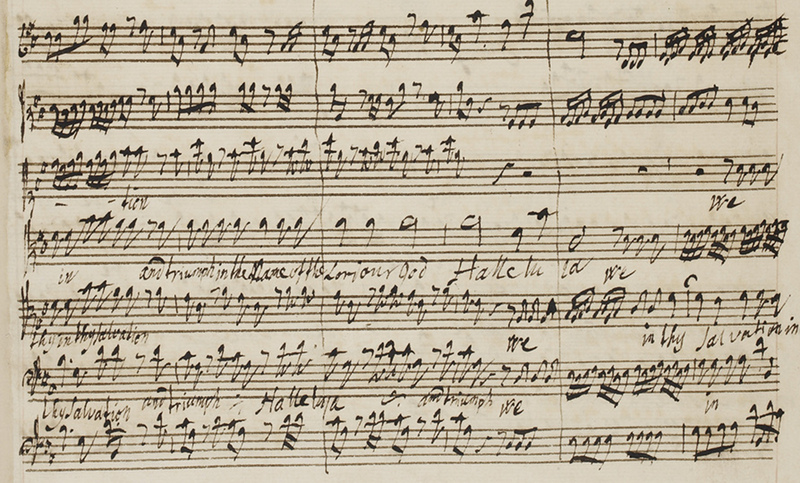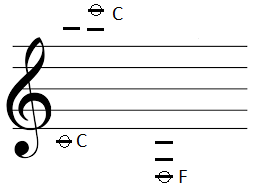Music Theory For Beginners - Lesson 2 - Extending the stave

Music Theory For Beginners
Hello everyone and welcome to the second lesson in my series Music Theory for beginners, in this series I am going to be covering some basic music theory that will be able to help any player improve their musicianship in general and help them to improve on their chosen instrument.
In the last lesson, we looked at eight of the twelve notes that are used in the music system:
A - B - C - D - E - F - G
We then took a look at the stave and introduced the treble clef and showed how the notes relate to the treble clef when written on the Stave.
In this lesson, we are going to look at how we can write more notes on the stave by introducing something called ledger lines.
Ledger Lines

If you take a look at the image above, this is the picture of the stave that we finished with in the last lesson.
One thing you might notice is that we are only able to represent 9 different note pitches, this won't be very useful since a piano has 52 white keys(keys that are not sharp or flat). That means that we need to be able to represent 52 different pitches on the Stave, to achieve this we have to make use of ledger lines.(and the bass clef but we will cover that in another lesson).
Have a look at the image below to see what a ledger line looks like.

As you can see a ledger line is a small line above or below the stave that allows you to extend the number of notes you can write down.
One point to note is the F note which is 3 ledger lines below, if you are going more than one ledger line from the stave, you still have to include the other ledger lines as a point of reference.
This allows us to cover a broader range of pitches in our written manuscripts.
Challenge
In this challenge, i would like you to practice finding some notes on the ledger lines.
The challenge:
Use a maximum of 3 ledger lines above or below the stave.
Find all of a certain type of note within these boundaries.
For example, if you were to find F, you would have to draw 4 Fs on the stave.
You can use the image below to draw on and feel free to post your result in the comments.
.png)
Conclusion
This concludes my second lesson on music theory, in the next lesson we will be looking at the bass clef and extending the range of notes at our disposal even more.
Message to readers
Thanks for taking the time to read my post, if you are interested in Music, Science, Technology or Computer Science then check out my blog, I am making an effort to provide good quality original content to the Steemit community.